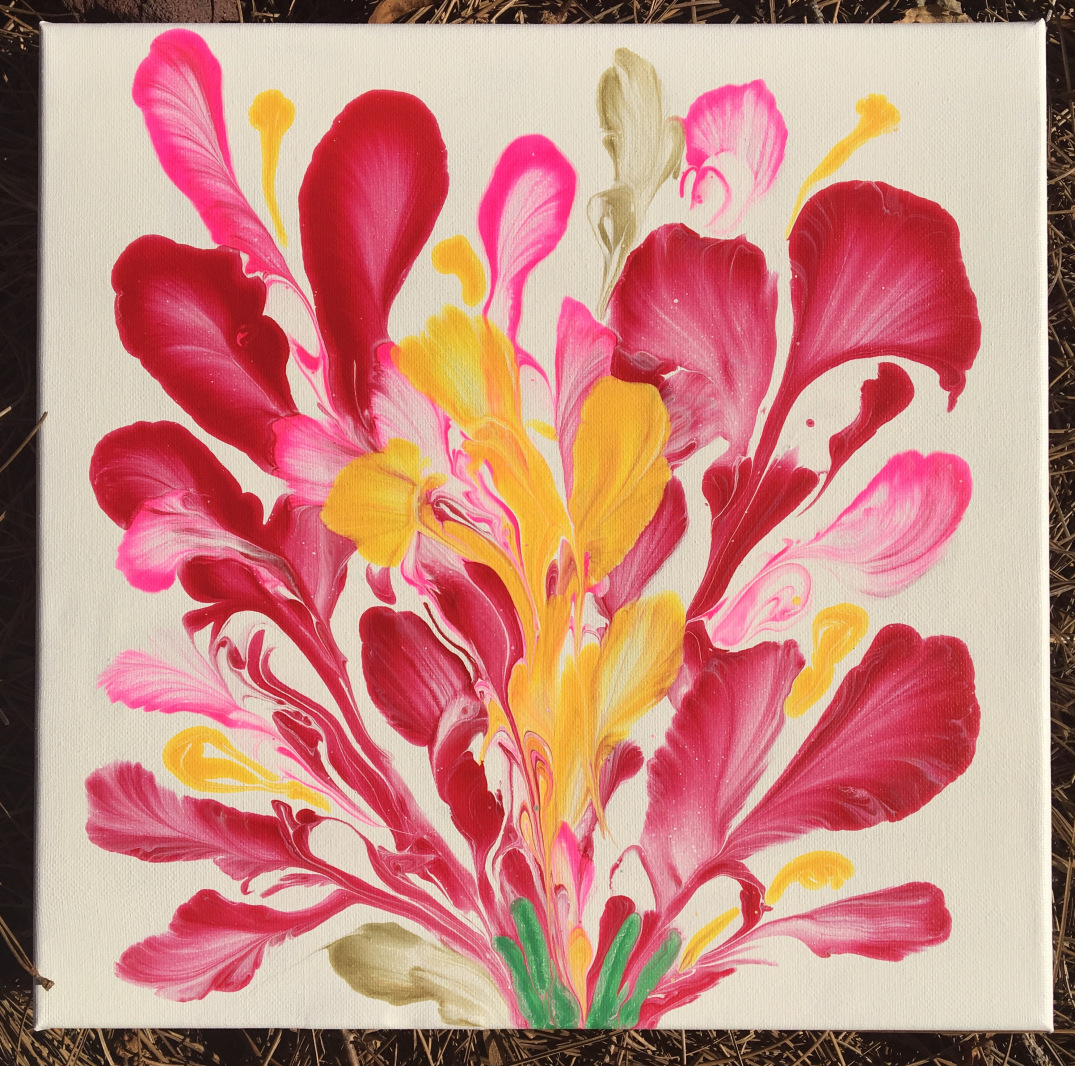For today’s Book Trail post, we begin with one of Ali Smith’s lecture series-cum-incredibly readable book, and weave our way through tomes weird and wonderful.
1. Artful by Ali Smith
 ‘In February 2012, the novelist Ali Smith delivered the Weidenfeld lectures on European comparative literature at St. Anne’s College, Oxford. Her lectures took the shape of this set of discursive stories. Refusing to be tied down to either fiction or the essay form, Artful is narrated by a character who is haunted—literally—by a former lover, the writer of a series of lectures about art and literature. A hypnotic dialogue unfolds, a duet between and a meditation on art and storytelling, a book about love, grief, memory, and revitalization. Smith’s heady powers as a fiction writer harmonize with her keen perceptions as a reader and critic to form a living thing that reminds us that life and art are never separate. Artful is a book about the things art can do, the things art is full of, and the quicksilver nature of all artfulness. It glances off artists and writers from Michelangelo through Dickens, then all the way past postmodernity, exploring every form, from ancient cave painting to 1960s cinema musicals. This kaleidoscope opens up new, inventive, elastic insights—on the relation of aesthetic form to the human mind, the ways we build our minds from stories, the bridges art builds between us. Artful is a celebration of literature’s worth in and to the world and a meaningful contribution to that worth in itself. There has never been a book quite like it.‘
‘In February 2012, the novelist Ali Smith delivered the Weidenfeld lectures on European comparative literature at St. Anne’s College, Oxford. Her lectures took the shape of this set of discursive stories. Refusing to be tied down to either fiction or the essay form, Artful is narrated by a character who is haunted—literally—by a former lover, the writer of a series of lectures about art and literature. A hypnotic dialogue unfolds, a duet between and a meditation on art and storytelling, a book about love, grief, memory, and revitalization. Smith’s heady powers as a fiction writer harmonize with her keen perceptions as a reader and critic to form a living thing that reminds us that life and art are never separate. Artful is a book about the things art can do, the things art is full of, and the quicksilver nature of all artfulness. It glances off artists and writers from Michelangelo through Dickens, then all the way past postmodernity, exploring every form, from ancient cave painting to 1960s cinema musicals. This kaleidoscope opens up new, inventive, elastic insights—on the relation of aesthetic form to the human mind, the ways we build our minds from stories, the bridges art builds between us. Artful is a celebration of literature’s worth in and to the world and a meaningful contribution to that worth in itself. There has never been a book quite like it.‘
2. And Our Faces, My Heart, Brief as Photos by John Berger
‘In an extraordinary distillation of his gifts as a novelist, poet, art critic, and social historian, John Berger reveals the ties between love and absence, the ways poetry endows language with the assurance of prayer, and the tensions between the forward movement of sexuality.‘
3. The Ongoing Moment by Geoff Dyer 
‘The Ongoing Moment is Dyer’s unique and idiosyncratic history of photography. Seeking to identify their signature styles Dyer looks at the ways that canonical figures such as Alfred Stieglitz, Paul Strand, Walker Evans, Kertesz, Dorothea Lange, Diane Arbus and William Eggleston have photographed the same scenes and objects (benches, hats, hands, roads). In doing so Dyer constructs a narrative in which those photographers – many of whom never met in their lives – constantly come into contact with each other. Great photographs change the way we see the world; The Ongoing Moment changes the way we look at both. It is the most ambitious example to date of a form of writing that Dyer has made his own: the non-fiction work of art.‘
4. Yours Ever: People and Their Letters by Thomas Mallon
‘Yours Ever explores the offhand masterpieces dispatched through the ages by messenger, postal service, and BlackBerry. Thomas Mallon weaves a remarkable assortment of epistolary riches into his own insightful and eloquent commentary on the circumstances and characters of the world’s most intriguing letter writers. Here are Madame de Sévigné’s devastatingly sharp reports from the court of Louis XIV, F. Scott Fitzgerald’s tormented advice to his young daughter, the besotted midlife billets-doux of a suddenly rejuvenated Woodrow Wilson, the casually brilliant spiritual musings of Flannery O’Connor, the lustful boastings of Lord Byron, the cries from prison of Sacco and Vanzetti. Along with the confessions and complaints and revelations sent from battlefields, frontier cabins, and luxury liners, a reader will find Mallon considering travel bulletins, suicide notes, fan letters, and hate mail–forms as varied as the human experiences behind them. Yours Ever is an exuberant reintroduction to a vast and entertaining literature–a book that will help to revive, in the digital age, this glorious lost art.‘
5. Classics For Pleasure by Michael Dirda
 ‘In these delightful essays, Pulitzer Prize winner Michael Dirda introduces nearly ninety of the world’s most entertaining books. Writing with affection as well as authority, Dirda covers masterpieces of fantasy and science fiction, horror and adventure, as well as epics, history, essay, and children’s literature. Organized thematically, these are works that have shaped our imaginations. Love’s Mysteries moves from Sappho and Arthurian romance to Soren Kierkegaard and Georgette Heyer. In other categories Dirda discusses not only Dracula and Sherlock Holmes but also the Tao Te Ching and Icelandic sagas, Frederick Douglass and Fowler’s Modern English Usage. Whether writing about Petronius or Perelman, Dirda makes literature come alive. Classics for Pleasure is a perfect companion for any reading group or lover of books.‘
‘In these delightful essays, Pulitzer Prize winner Michael Dirda introduces nearly ninety of the world’s most entertaining books. Writing with affection as well as authority, Dirda covers masterpieces of fantasy and science fiction, horror and adventure, as well as epics, history, essay, and children’s literature. Organized thematically, these are works that have shaped our imaginations. Love’s Mysteries moves from Sappho and Arthurian romance to Soren Kierkegaard and Georgette Heyer. In other categories Dirda discusses not only Dracula and Sherlock Holmes but also the Tao Te Ching and Icelandic sagas, Frederick Douglass and Fowler’s Modern English Usage. Whether writing about Petronius or Perelman, Dirda makes literature come alive. Classics for Pleasure is a perfect companion for any reading group or lover of books.‘
6. 500 Great Books by Women, edited by Erika Bauermeister
‘Here is an articulate guide to more than 500 books written by women, a unique resource that allows readers the joy of discovering new authors as well as revisiting familiar favorites. Organized by such themes as Art, Choices, Families, Growing Old, Growing Up, Places and Homes, Power, and Work, this reference book presents classic and contemporary works, from Lady Nijo’s thirteenth-century diaries to books by authors including Toni Morrison, Alice Hoffman, Nadine Gordimer, and Isabel Allende. With annotated entries that capture the flavor of each book and seven cross-referenced indexes, 500 Great Books by Women is a one-of-a-kind guide for all readers and book lovers that celebrates and recommends some of the very best writing by women.‘
7. The Book of Lost Books by Stuart Kelly 
‘In an age when deleted scenes from Adam Sandler movies are saved, it’s sobering to realize that some of the world’s greatest prose and poetry has gone missing. This witty, wry, and unique new book rectifies that wrong. Part detective story, part history lesson, part exposé, The Book of Lost Books is the first guide to literature’s what-ifs and never-weres. In compulsively readable fashion, Stuart Kelly reveals details about tantalizing vanished works by the famous, the acclaimed, and the influential, from the time of cave drawings to the late twentieth century. Here are the true stories behind stories, poems, and plays that now exist only in imagination.‘
8. Slightly Chipped: Footnotes in Booklore by Lawrence Goldstone
‘More than a sequel, Slightly Chipped: Footnotes in Booklore is a companion piece for Used and Rare. A delight for the general reader and book collector alike, it details the Goldstones’ further explorations into the curious world of book collecting. In Slightly Chipped, they get hooked on the correspondence and couplings of Bloomsbury; they track down Bram Stoker’s earliest notes for Dracula; and they are introduced to hyper-moderns. Slightly Chipped is filled with all of the anecdotes and esoterica about the world of book collecting that charmed readers of Used and Rare.‘
Purchase from The Book Depository
Advertisements Share this:





![A Couple of Boys Have the Best Week Ever [With Hardcover Book]](/i/cover.png)